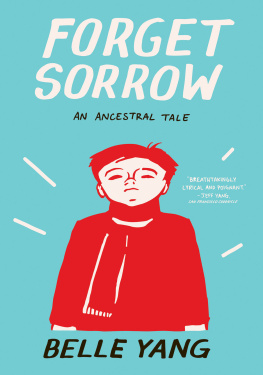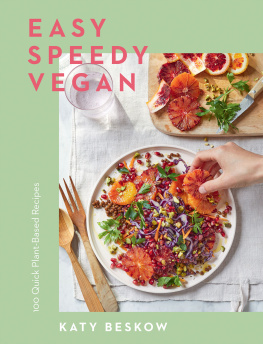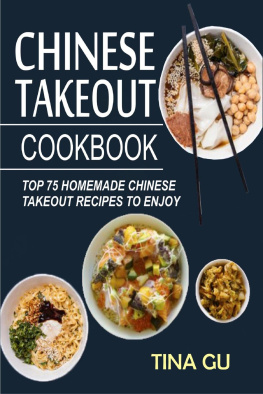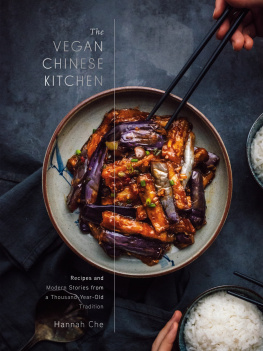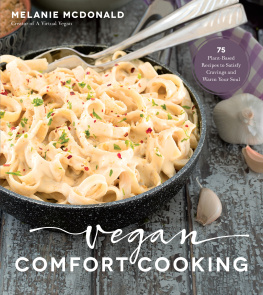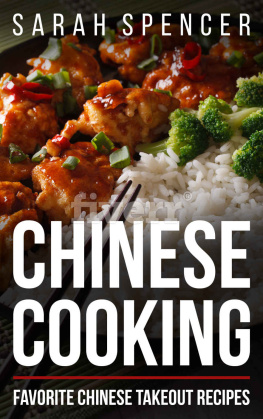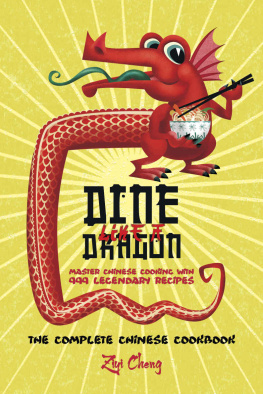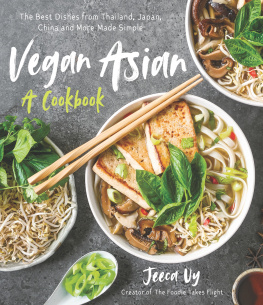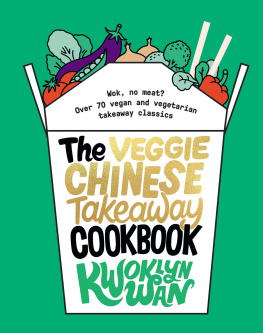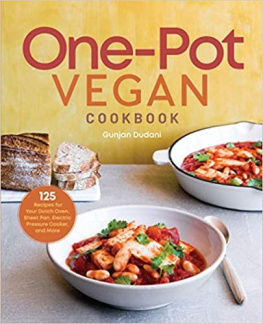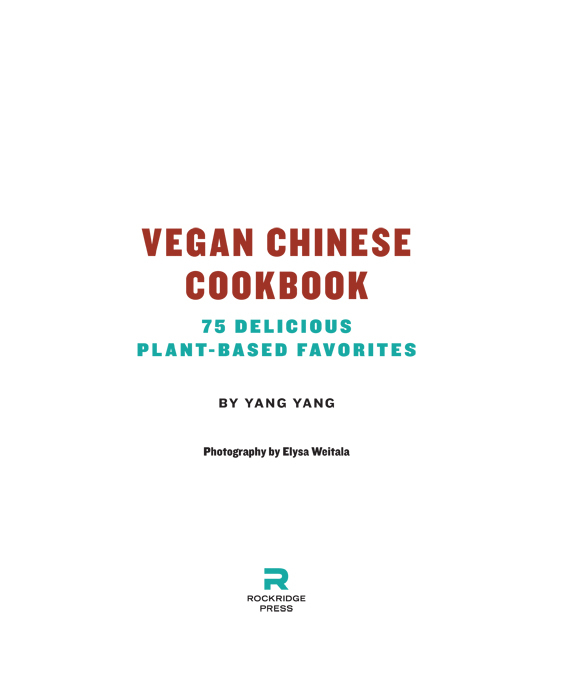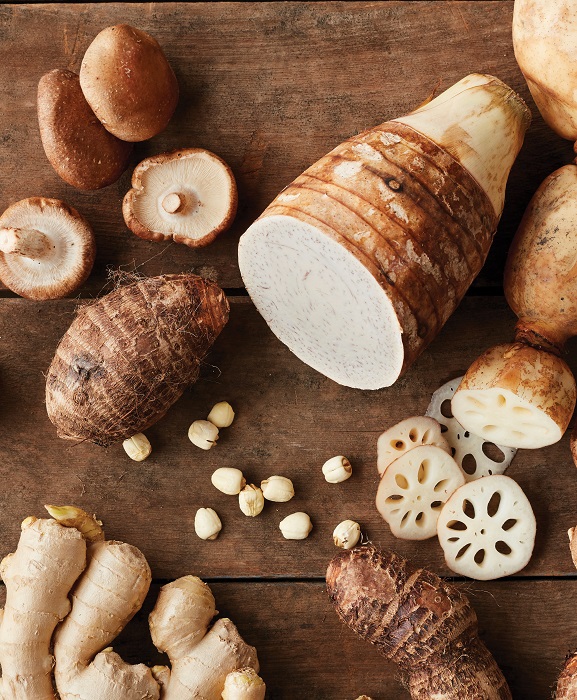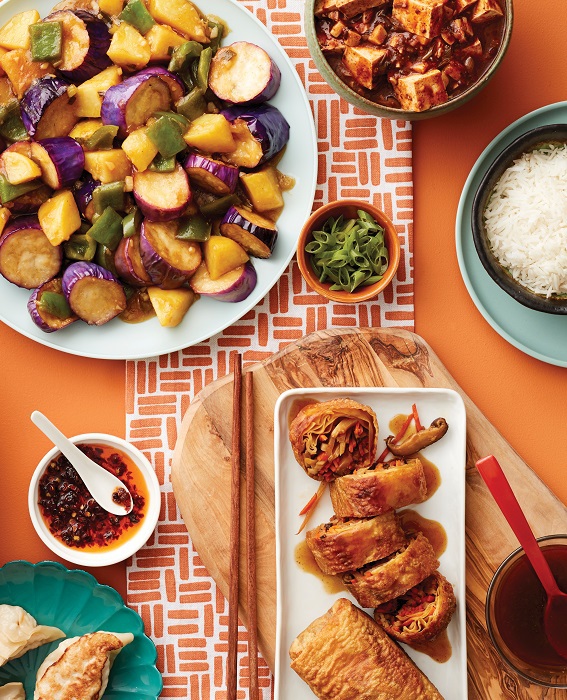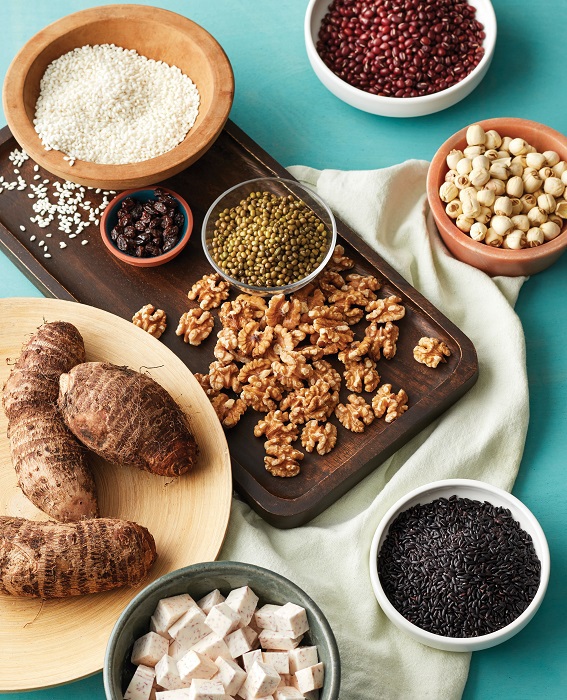Copyright 2021 by Rockridge Press, Emeryville, California
No part of this publication may be reproduced, stored in a retrieval system, or transmitted in any form or by any means, electronic, mechanical, photocopying, recording, scanning, or otherwise, except as permitted under Sections 107 or 108 of the 1976 United States Copyright Act, without the prior written permission of the Publisher. Requests to the Publisher for permission should be addressed to the Permissions Department, Rockridge Press, 6005 Shellmound Street, Suite 175, Emeryville, CA 94608.
Limit of Liability/Disclaimer of Warranty: The Publisher and the author make no representations or warranties with respect to the accuracy or completeness of the contents of this work and specifically disclaim all warranties, including without limitation warranties of fitness for a particular purpose. No warranty may be created or extended by sales or promotional materials. The advice and strategies contained herein may not be suitable for every situation. This work is sold with the understanding that the Publisher is not engaged in rendering medical, legal, or other professional advice or services. If professional assistance is required, the services of a competent professional person should be sought. Neither the Publisher nor the author shall be liable for damages arising herefrom. The fact that an individual, organization, or website is referred to in this work as a citation and/or potential source of further information does not mean that the author or the Publisher endorses the information the individual, organization, or website may provide or recommendations they/it may make. Further, readers should be aware that websites listed in this work may have changed or disappeared between when this work was written and when it is read.
For general information on our other products and services or to obtain technical support, please contact our Customer Care Department within the United States at (866) 744-2665, or outside the United States at (510) 253-0500.
Rockridge Press publishes its books in a variety of electronic and print formats. Some content that appears in print may not be available in electronic books, and vice versa.
TRADEMARKS: Rockridge Press and the Rockridge Press logo are trademarks or registered trademarks of Callisto Media Inc. and/or its affiliates, in the United States and other countries, and may not be used without written permission. All other trademarks are the property of their respective owners. Rockridge Press is not associated with any product or vendor mentioned in this book.
Interior and Designer: Karmen Lizzul
Art Producer: Samantha Ulban
Editor: Georgia Freedman
Production Editor: Ellina Litmanovich
Production Manager: Riley Hoffman
Photography 2021 Elysa Weitala. Food Styling by Victoria Woollard. Illustrations 2021 Tom Bingham.
Paperback ISBN: 978-1-63807-306-2
eBook ISBN: 978-1-63807-185-3
R0
To my amazing mother, Yanli Yangyour unconditional love propels me forward.
CONTENTS
A t the age of 19, I moved to Canada from China, where I had spent nearly two decades of my life in the heart of the capital city, Beijing. There I grew up at the foot of the Forbidden City, went to one of the countrys most prestigious schools, and watched my hometown transform into a modern metropolis. Beijing is a bustling cultural center where various Chinese subcultures, traditions, and modern influence meet. Thanks to my mother, who was an adventurous foodie, I sampled regional cuisines from across China.
My love for cooking started in my childhood, too. My grandparents had a tradition of making and eating dumplings every Sunday afternoon. I remember proudly rolling out dumpling wrappers so my family of three generations could wrap dumplings together. I enjoyed helping around the kitchen and learning a trick or two from every adult I deemed a good cook. I have fond memories of experimenting with new dishes with my uncle Hongbo. Later in life, my cooking became an important creative outlet and a type of meditation therapy during a time of illness, when I had to be very careful with what I ate. During this time, I recognized that food that suits others may not be right for you and that we must listen to our bodies to learn which foods are the best for our health. For this reason, although I am not vegan myself, I am glad to support others who want to cook vegan dishes, whether as a lifestyle choice, as part of a period of healing, or simply to diversify an omnivorous diet.
In compiling these vegan recipes, I wanted to represent the major subcuisines from across many different regions of China and to showcase a variety of Chinese cooking techniques. Most of these dishes are well-known classics, and a subset represent Chinese Buddhist vegan cooking traditions.
The process of writing this vegan Chinese cookbook has been an exciting and humbling experience for me. It was an honor to work on this project and to share the foods and culture I grew up with. At the same time, while working on this book, I realized how limited my knowledge initially was of the vast culture, deep history, and complex art of Chinese cooking. I am in awe of the rich trove of vegan recipes offered in Chinese cuisine.
W hile cooking the dishes in this book, you may see ingredients, cooking techniques, and equipment that are entirely new to you. This section of the book offers an overview of Chinese vegan cooking to help you familiarize yourself with common Chinese ingredients, tools, and techniques. Using the guide below, you will be able to properly stock your Chinese vegan kitchen so that you can make authentic dishes right at home.
Veganism and Chinese Cooking
A few hundred to a thousand years ago in China, meats were only available for special occasions or for very wealthy people. So, not surprisingly, many classic traditional Chinese dishes are entirely plant-based. And, as it happens, Chinese cooking has also never really used dairy products. The rich flavors of Chinese vegan dishes often come from pickled and fermented ingredients, aromatic spices, fungi, and seaweeds. A wide variety of nuts, seeds, and legumes provide the necessary proteins. Tofu and seitan products also often show up in main dishes, and they are oh-so-delicious.
Chinese vegan food culture preceded the adoption of Buddhism, but Buddhism helped to promote the vegan way of eating. Buddhism goes beyond a religion in Chinese culture. Through over a thousand years of development, it has been integrated into peoples lives in the forms of foods, holidays, and customs. These are all interconnected with one another, as you will see in many recipes in this book. Its worth noting that in addition to animal products, the classic Chinese Buddhist diet also excludes everything in the onion family, such as onions, garlic, scallions, and chives.
Equipment
Here you will find a list of essential tools used in the Chinese kitchen. Once you understand what these tools are used for, you can decide whether you want to invest in them or find alternatives.





![Yang - The latehomecomer: [a Hmong family memoir]](/uploads/posts/book/165016/thumbs/yang-the-latehomecomer-a-hmong-family-memoir.jpg)

